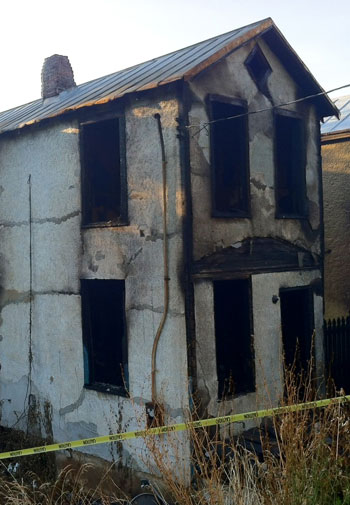| |
 Posted Oct 18, 2014, 7:59 PM
Posted Oct 18, 2014, 7:59 PM
|
 |
Registered User
|
|
Join Date: Aug 2002
Location: Toronto
Posts: 52,200
|
|
|
Is Urban Revitalization Without Gentrification Possible? Yes It Is
Is Urban Revitalization Without Gentrification Possible?
09/26/2014
By Jared Green
Read More: http://dirt.asla.org/2014/09/26/is-u...tion-possible/
Quote:
.....
The supporters of revitalization say rising tides lift all boats. As wealth has come back to cities, everyone benefits. But critics of revitalization simply call it gentrification, and, as one speaker at the EcoDistricts Summit in Washington, D.C. said, “gentrification is a crime.” Furthermore, new discussions of turning existing urban neighborhoods into “ecodistricts” may just be gentrification in a green dress.
- According to Charles Hostovsky, a professor of urban planning at Catholic University in Washington, D.C., the speed of revitalization in D.C. has been extraordinarily rapid. Every neighborhood has cranes, signifying new development. There has been a corresponding shift in the demographics of the city. In 1970, the city was 77 percent African American. Today, it’s just 49 percent. “The number of people who have been displaced equals a small town.” Indeed: in the past decade, approximately 50,000 young, white Millennials have moved into the city while 35,000 African Americans have left.
- Barry Farm, a historic African American community founded by freed slaves, currently has some 400 units, with 1,200 people. The population of the housing development is 93 percent single mothers; some 86 percent are unemployed. “This is not a friendly, welcoming site.” There is only one over-priced corner store, with a bullet-proof glass wall separating the store owners from customers.
- The $550 million redevelopment plan, said Kelly Smyser, DC Housing Authority, will create 1,400 public and affordable apartments at the same site. New apartments will face each other, creating open public thoroughfares that enable “eyes on the street.” There will also be a recreation center, with an indoor pool, basketball courts, and computer labs, as well as a charter school. The nearby Anacostia Metro station will get a full upgrade, with improved access to the station from the development. “We want to bring opportunity to residents. We will make the connection to Metro easier and safer.”
- The District government calls this project “revitalization without gentrification,” as all current residents will be allowed to come back to the new development. “There will be zero displacement.” The city also promises it will undertake a program of “build first before demolition.” To increase the diversity of the development, some 300 of the new units will be affordable housing, rentals, or for sale. The city also wants to encourage small businesses to locate in Barry Farms. They are creating “live-work” sites that will enable people to live above their stores. “We need to get rid of the bullet proof glass.”
- While Smyser was convinced this upgrade will benefit the community, one conference attendee seemed equally as convinced that with the District’s multimillion dollar investment, the city will simply be opening the neighborhood to opportunistic developers and further gentrification. Word is still out on how this urban redevelopment story will play out.
- Hazel Edwards, a professor of planning at Catholic University, outlined some examples of successful revitalization without gentrification in other parts of the U.S. She pointed to Melrose Commons in South Bronx, where a group of local residents banded together in the early 1990s into a group called Nos Quedamos (We Stay) and fought back New York City government’s imposed urban renewal plan.
- In Portland, Oregon, Edwards told us about a project called Cully Main Street plan, which helped preserve one the most diverse neighborhoods in Portland, with some 40-50 percent people of color. They devised a plan to equitably bring in commercial activity to their main street while accommodating an influx of new white homeowners and preserving the neighborhood diversity.
- Edwards said the key to revitalization without gentrification is “bringing residents and the community to the table often and at the beginning.” This kind of public planning process requires a great investment of time and resources by city governments, but without this investment, the only result may be inequitable, developer-led urban revitalization. --- “Cities have to form diverse, inclusive partnerships, foster openness, and collaborate on goals and outcomes.”
.....
|

__________________
ASDFGHJK
|
|
|



